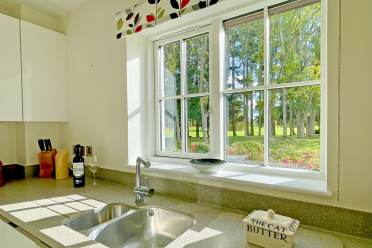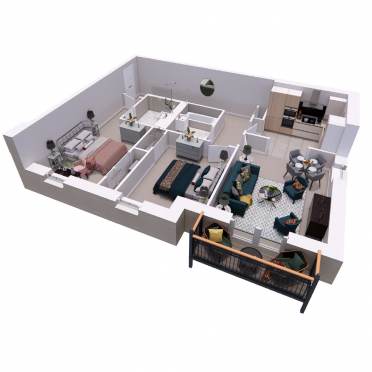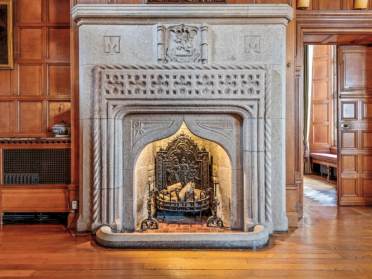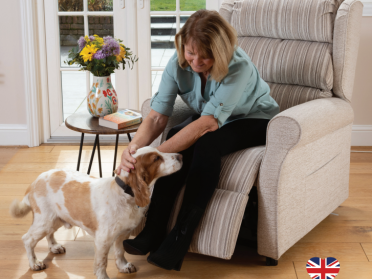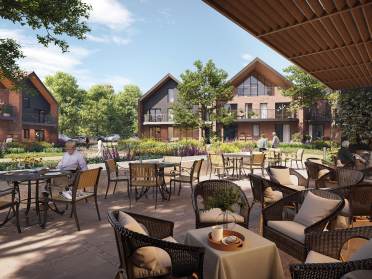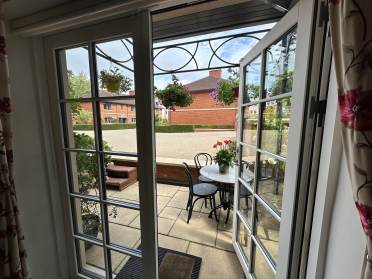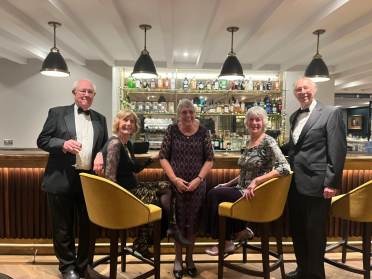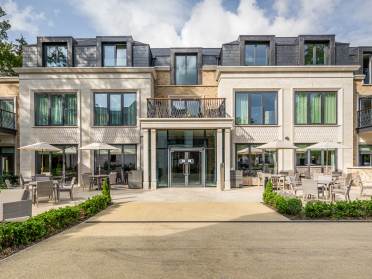According to the Daily Mail, Britons are bananas for bungalows – with one in five planning to move to a home without stairs.
The poll of 2,000 people, surveyed by estate agents Strutt & Parker in 2022 found that:
- 22% of home-hunters want a bungalow as their future home
- 18% want a new build
- 16% are looking for a cottage.
At Audley, we see that the nation’s love of bungalows is even more profound among the older generation. When searching for retirement living options, many over-55s prefer a bungalow or apartment to any other option.
In fact, 91% of Audley properties are single-level bungalows or apartments. In later life, reduced agility, tackling stairs, maintenance and gardening are key triggers prompting the decision to move to a retirement village like those Audley provides.
- 90% of Audley owners choose a two-bedroom home
- 8% of Audley properties have one bedroom, and the remaining have three or more bedrooms
Find your nearest Audley Village
So why are bungalows best in retirement?
- Great accessibility: The omission of stairs of course makes an apartment or bungalow the ideal choice for senior living or for someone with limited mobility.
- They’re easy to maintain: A single-storey property like a bungalow or apartment means less cleaning, and no staircase to vacuum. It’s a single-storey home with everything you need to live comfortably.
- They’re usually open plan: Open-plan living brings more light into each room and gives the feel of more space.
- Small yet stylish. Modern apartments and bungalows certainly do not lack the wow factor. You can create an impeccably presented, stylish home, flooded with natural light, clever storage and your personal style.
Why is it called a bungalow?
A bungalow is a single-storey house with a sloping roof, usually small and often surrounded by a veranda. The name derives from a Hindi word meaning “a house in the Bengali style” and came into English during the era of the British administration of India. The first modern British bungalows were designed by the little-known English architect John Taylor (1818–1884), and built at Westgate-on-Sea, Kent, between 1869 and 1870.

